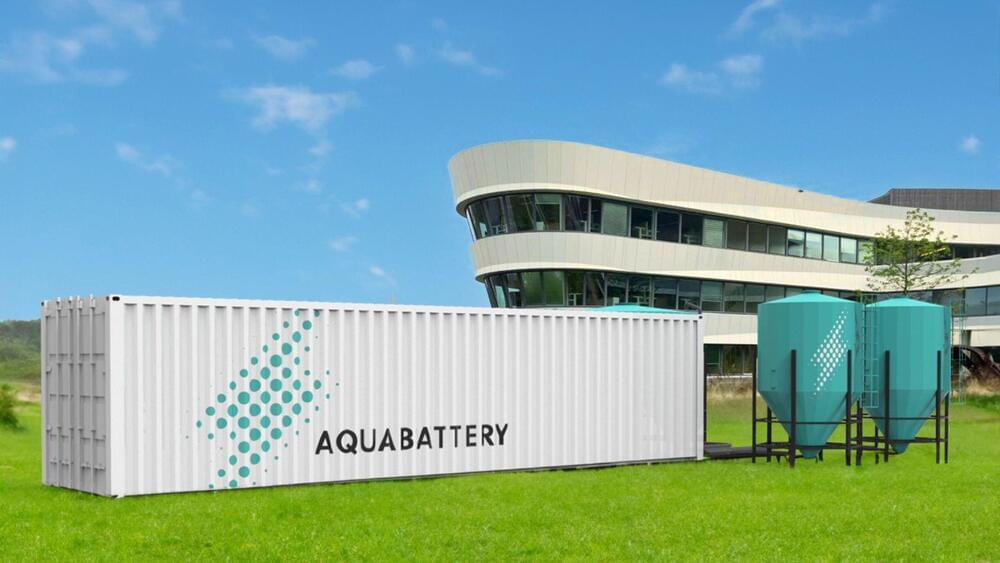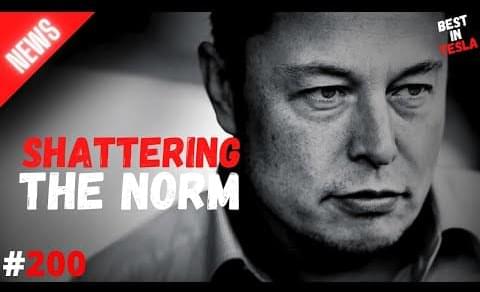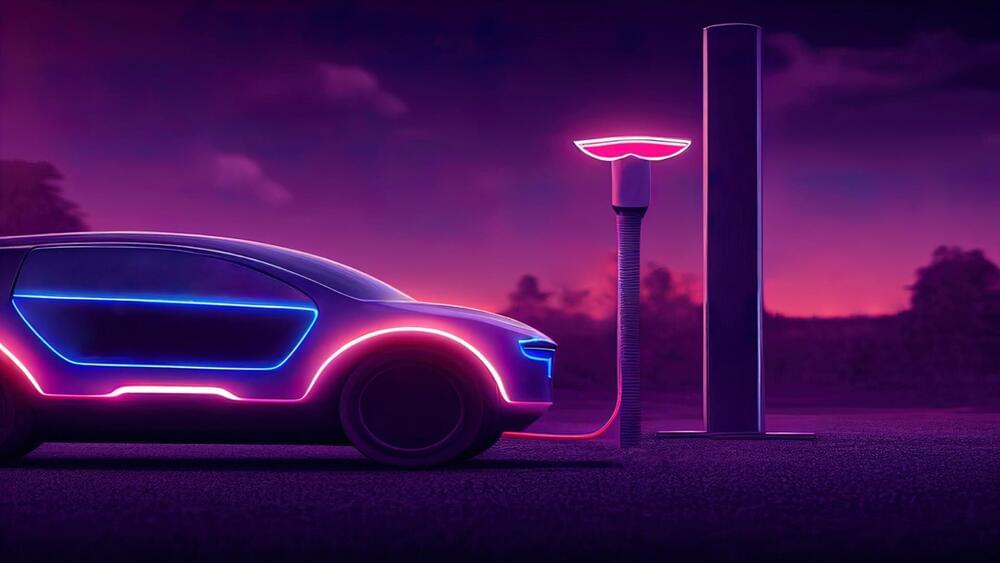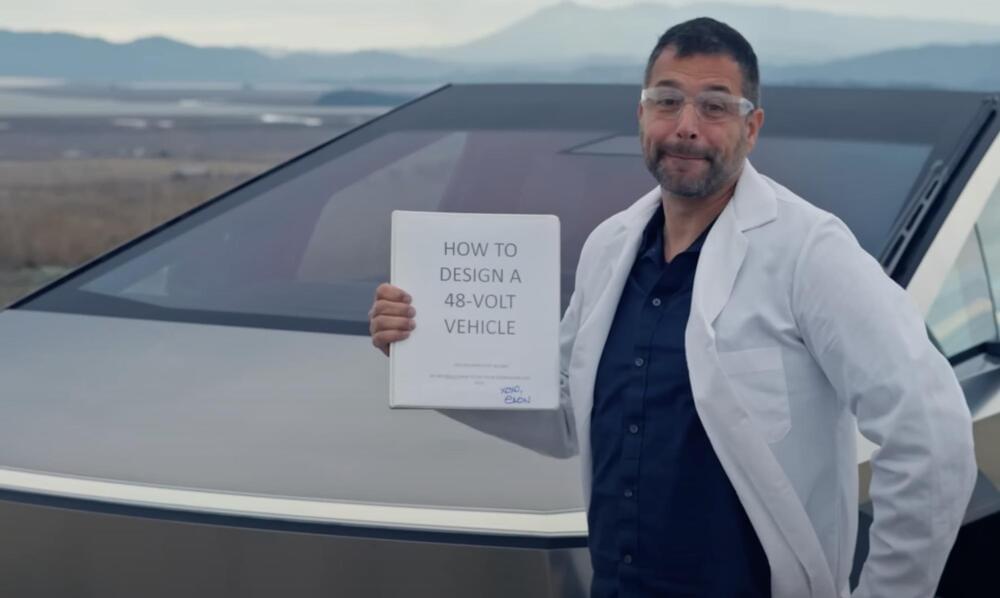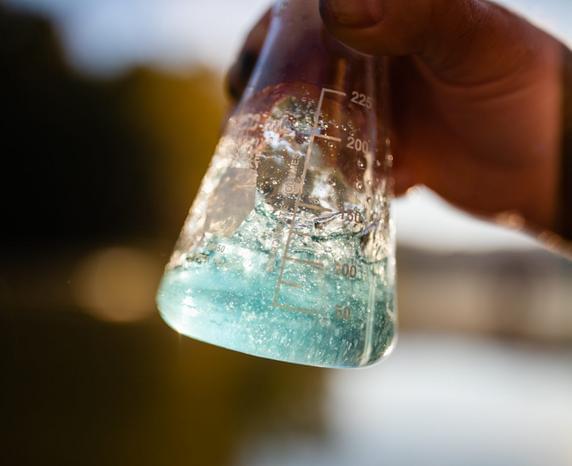
Are humans disrupting the Earth’s salt cycle through deicing roads and other salt activities? This is what a recent study published in Nature Reviews Earth & Environment hopes to address as a team of researchers led by the University of Maryland examine the environmental impact of salting roads as a safety measure from freezing temperatures, resulting in increased levels of salt throughout the environment, including the air, soil, and water, thus disrupting the Earth’s natural salt cycle. While the Earth’s natural salt cycle is a process that occurs over vast periods of geologic time, human activities are increasing this cycle in alarming ways.
Salts being used as deicing agents are common across the United States during the winter, with more than 44 billion pounds of deicing agent used annually. In fact, between 2013–17, road salts accounted for 44 percent of the salt use in the United States, which accounts for 13.9 percent of total dissolved solids that make their way into streams and waterways across the nation.
“This is a slow-moving train wreck,” said Dr. Megan Rippy, who is an assistant professor in civil and environmental engineering at Virginia Tech and a co-author on the study. “It’s playing out so slowly that it’s easy to overlook that our streams, lakes, and drinking water resources are becoming progressively saltier.”
